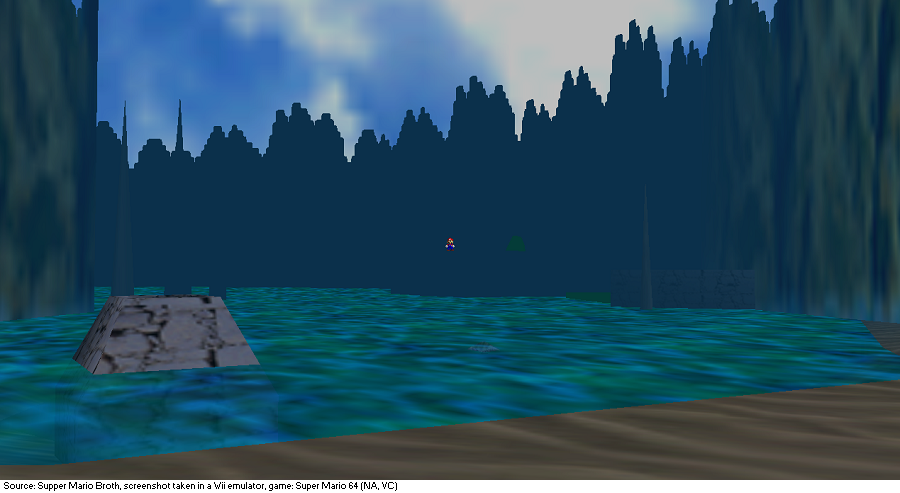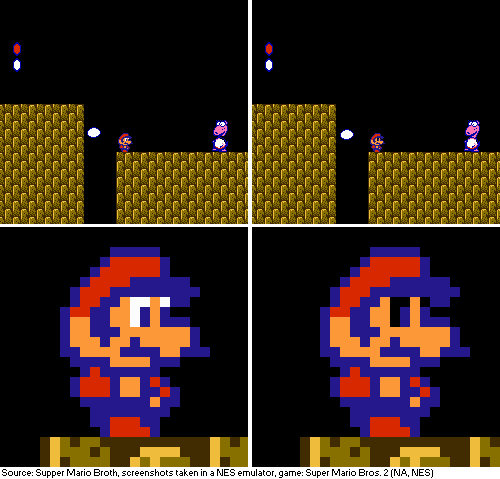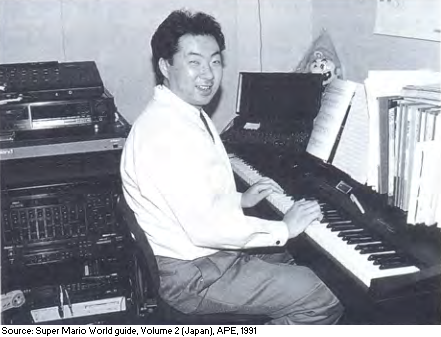1676
1677
1678
1679
In Super Mario Galaxy, after performing a Homing Ground Pound (spin, then Ground Pound), Mario's blinking animation will become glitched until he moves again. In addition to closing his eyes for a long time, he will use both regular blinking and "eyes closed in pain" textures.
1680
1681
1682
In Super Mario Maker 2, the "Super Mushroom" voice sample does not follow the tune of the music in the Super Mario Bros. style, despite doing it in other styles and other samples following the tune in the same style. Thank you to @FaceofCoffee and @RMaster94 for the information.
1683
1684
1686
1687
1688
In Super Mario Bros. 2, a POW Block and the end-of-level Crystal Ball are found in the same room in 1-3. Dropping the POW Block next to the Crystal Ball makes it ascend. Picking it up near the ceiling causes the character to fall through the floor and become stuck indefinitely.
1689
1690
1691
1692
1693
1694
1695
1696
1697
1698





















